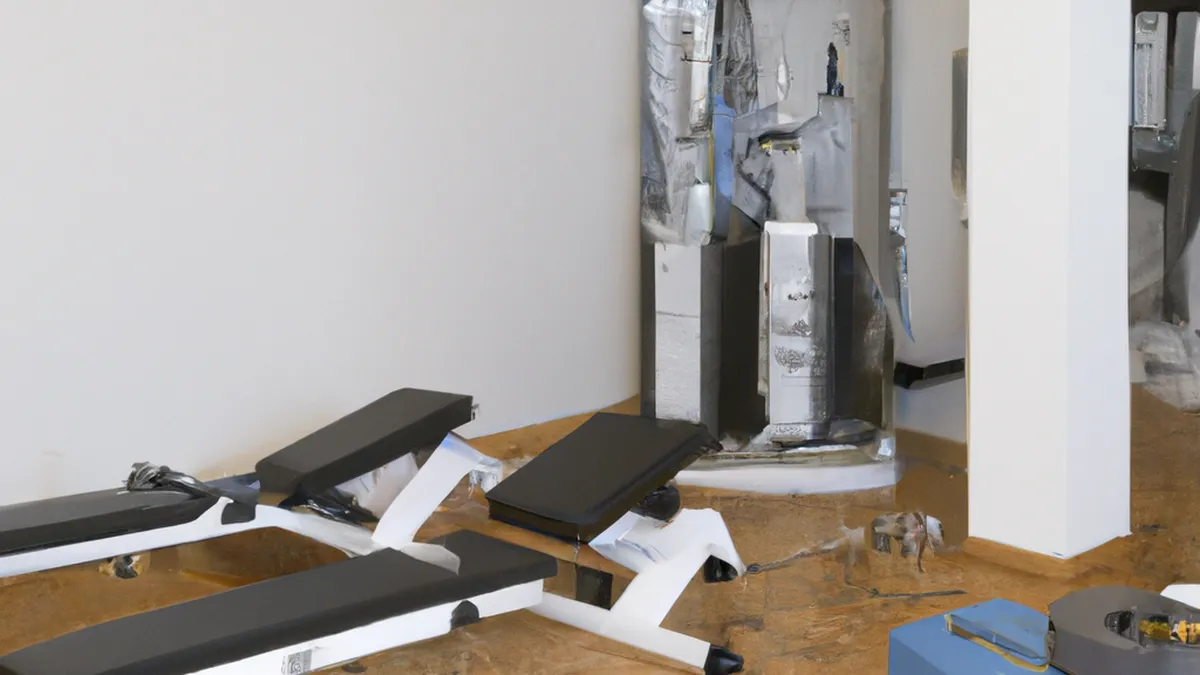Fuel Progress with Active Recovery Strategies
The Benefits of Active Recovery Days in Training Cycles
Training hard drives progress, but athletes often neglect active recovery days. High-intensity workouts build strength, but active recovery enhances training cycles. This post explores active recovery benefits, offers practical tips, and provides advice for incorporating it into your routine.
What is Active Recovery?
Active recovery means engaging in low-intensity activities that promote blood flow and muscle repair. Activities like walking, yoga, swimming, and leisurely cycling work well. Keep movement light to allow your body to recover without excess stress.
Unlike passive recovery, active recovery keeps you engaged and aids healing. Intense workouts cause muscle fibers to tear. Your body needs time to repair these tears. Active recovery speeds up this process, reduces soreness, and improves flexibility while maintaining your training schedule.
Why Active Recovery Matters
Active recovery offers several important benefits:
1. **Enhanced Muscle Recovery**
Muscles need time to repair after intense training. Active recovery boosts blood circulation, delivering essential nutrients and oxygen to damaged muscle tissues. This process promotes faster healing, allowing quicker returns to high-intensity workouts.
2. **Reduced Muscle Soreness**
Delayed Onset Muscle Soreness (DOMS) often follows strenuous exercise. Low-intensity activities during active recovery help decrease DOMS severity. Gentle movement flushes out metabolic waste, alleviating soreness and stiffness.
3. **Improved Flexibility and Mobility**
Active recovery includes stretching and low-impact movements, enhancing flexibility and mobility. Improved flexibility boosts performance in high-intensity workouts by increasing your range of motion. This benefit proves essential for athletes requiring agility and explosive strength.
4. **Psychological Benefits**
Active recovery supports mental well-being, preventing burnout and fatigue. Enjoying low-intensity activities keeps you motivated and engaged. It offers a break from high-intensity demands while maintaining productivity. This mental reprieve helps sustain a positive mindset toward training.
5. **Social Connections**
Active recovery provides opportunities for social interaction. Enjoy a leisurely bike ride with friends, attend a yoga class, or take a walk in the park. These activities foster social bonds and enhance motivation, making recovery more enjoyable.
Conclusion
Active recovery days significantly enhance training effectiveness and overall well-being. Incorporate them into your routine for improved recovery and performance.
Below are related products based on this post:
FAQ
What activities are considered effective for active recovery?
Effective activities for active recovery include low-intensity exercises such as walking, yoga, swimming, and leisurely cycling. These activities promote blood flow and muscle repair while keeping the movement light to avoid excess stress on the body.
How does active recovery help reduce muscle soreness?
Active recovery helps reduce muscle soreness by engaging in low-intensity activities that alleviate Delayed Onset Muscle Soreness (DOMS). Gentle movements flush out metabolic waste and promote better blood circulation, which reduces stiffness and soreness in the muscles.
What are the psychological benefits of incorporating active recovery into a training routine?
Incorporating active recovery into a training routine supports mental well-being by preventing burnout and fatigue. It allows athletes to enjoy low-intensity activities, keeping them motivated and engaged while providing a break from high-intensity workouts, which helps maintain a positive mindset toward training.















Post Comment